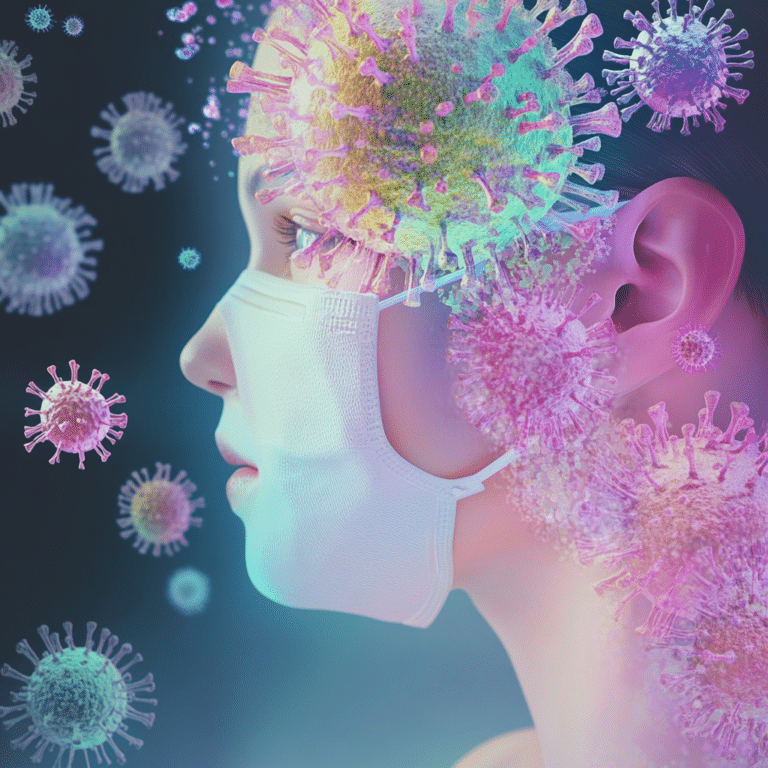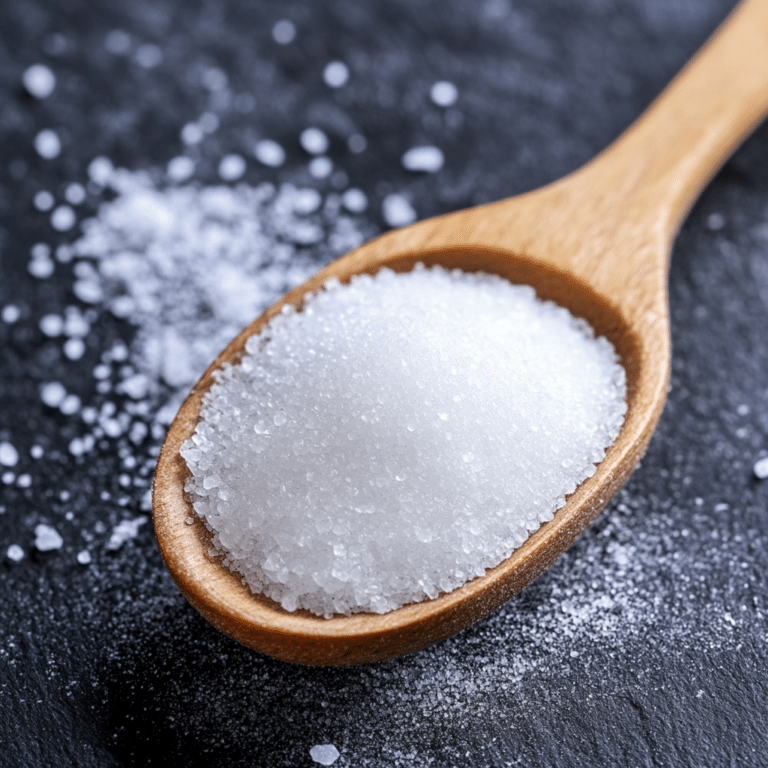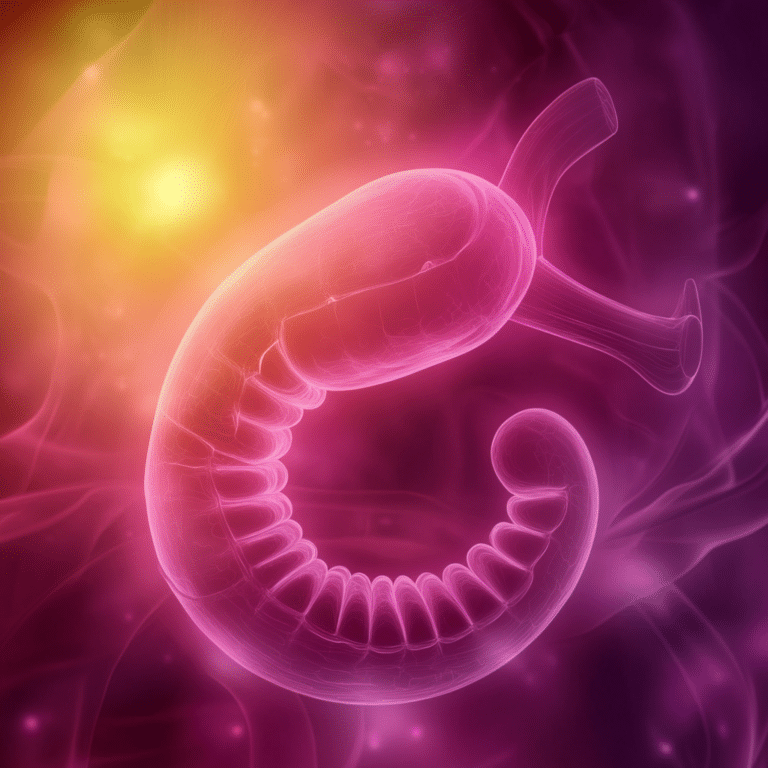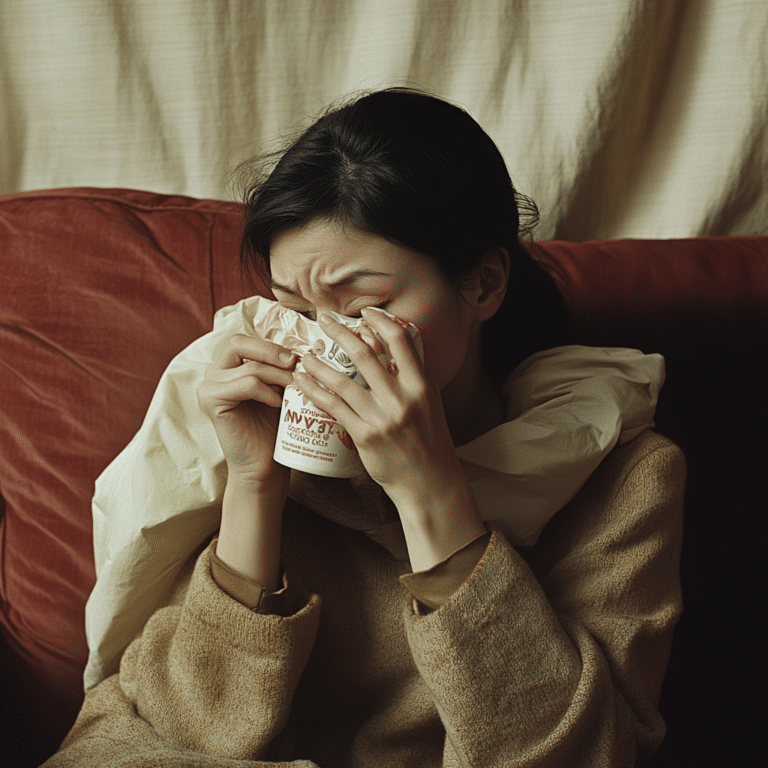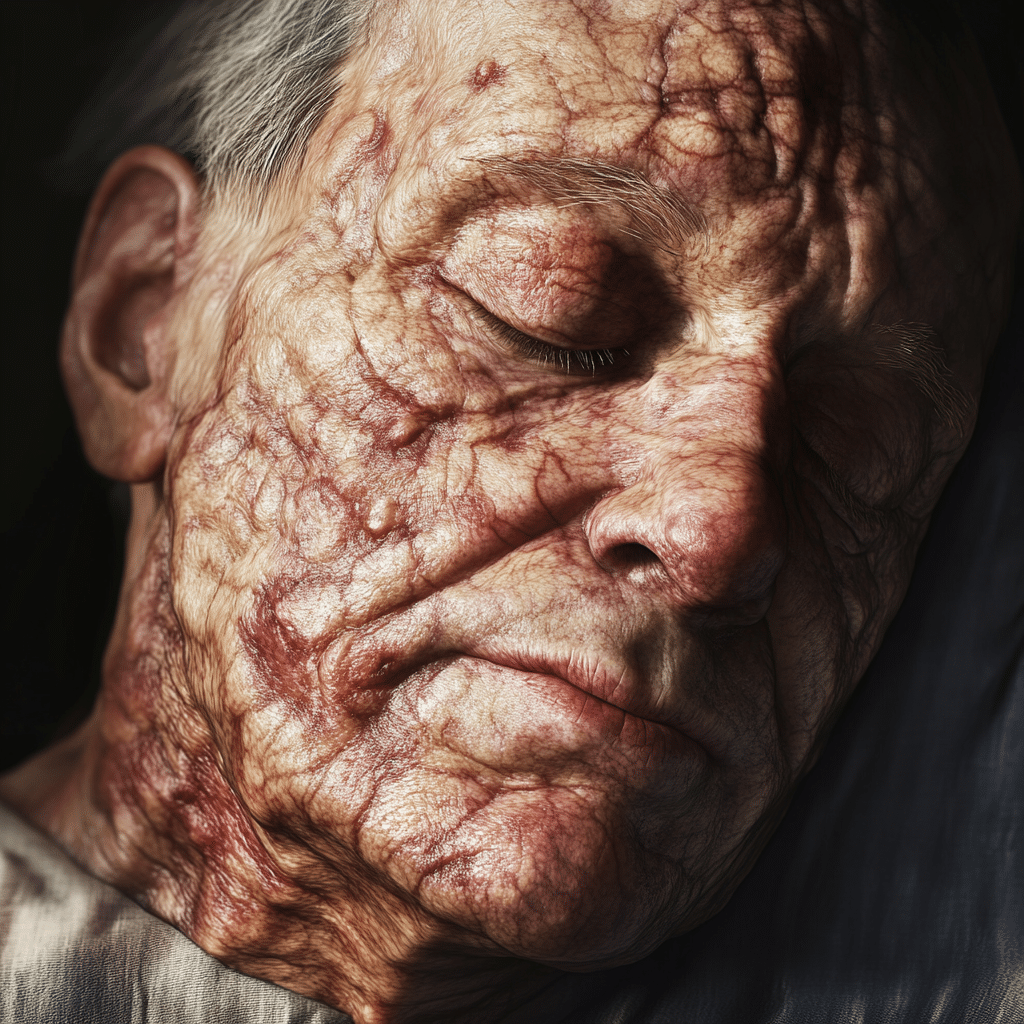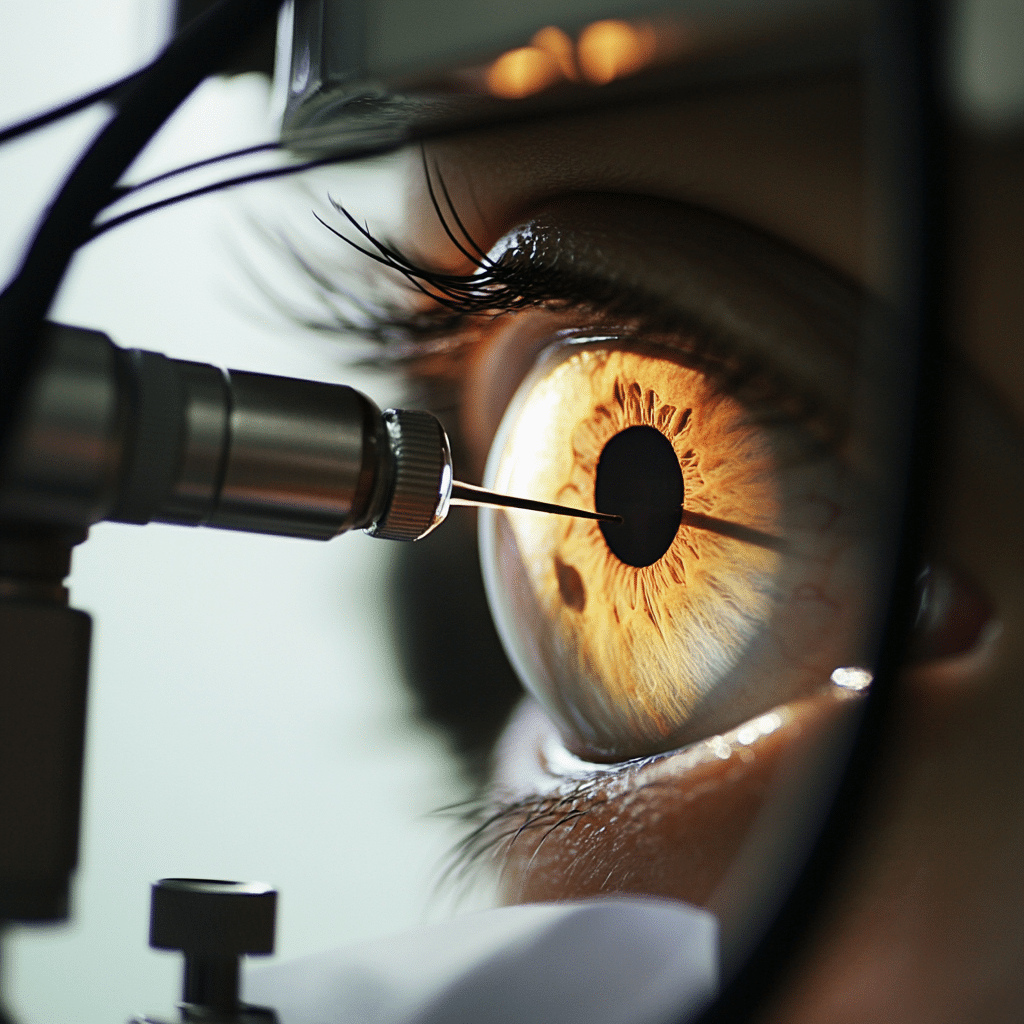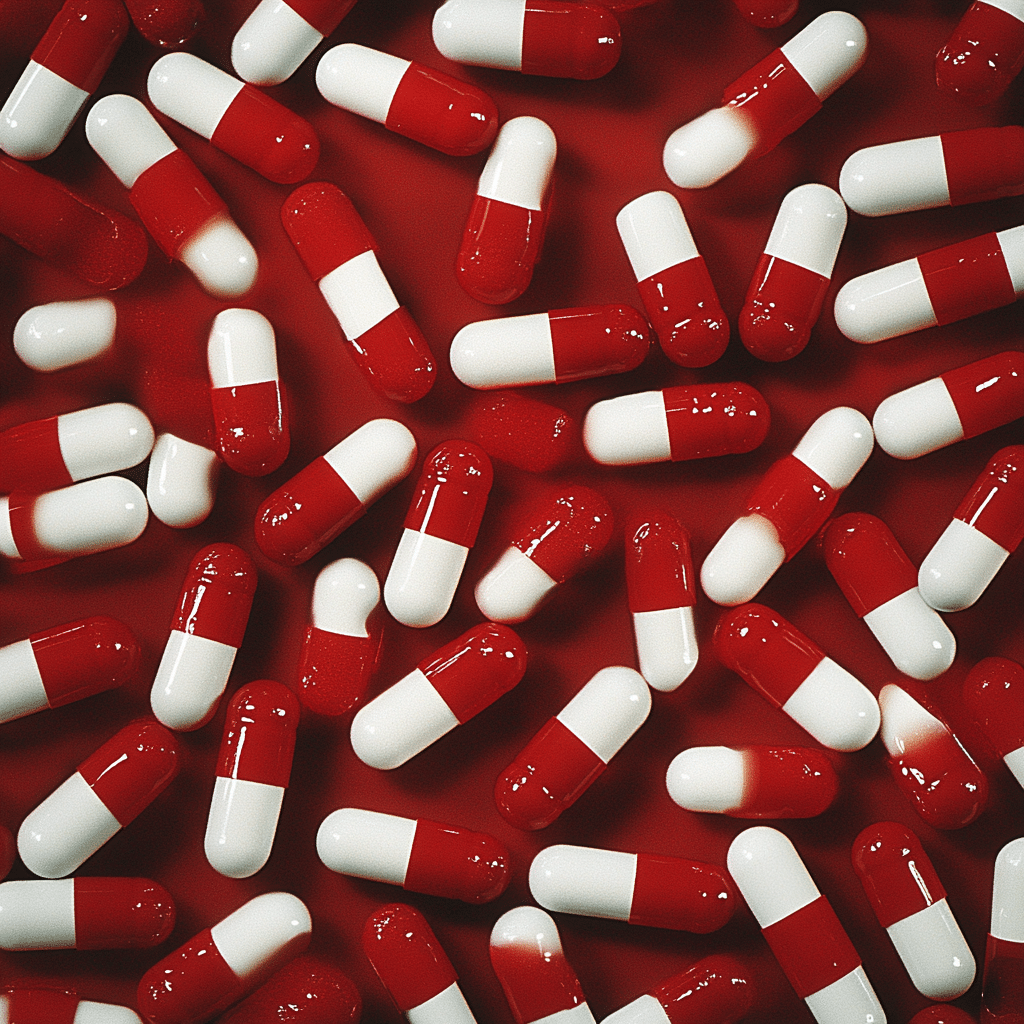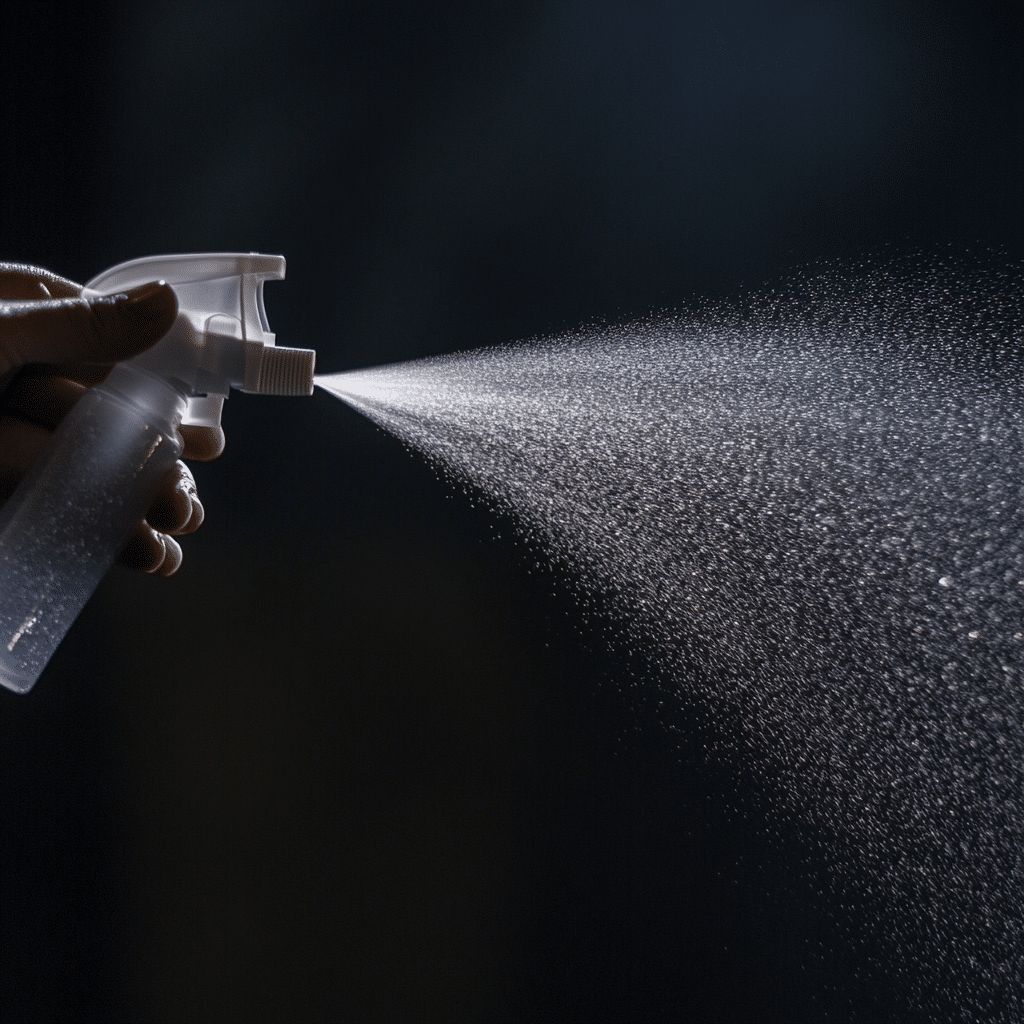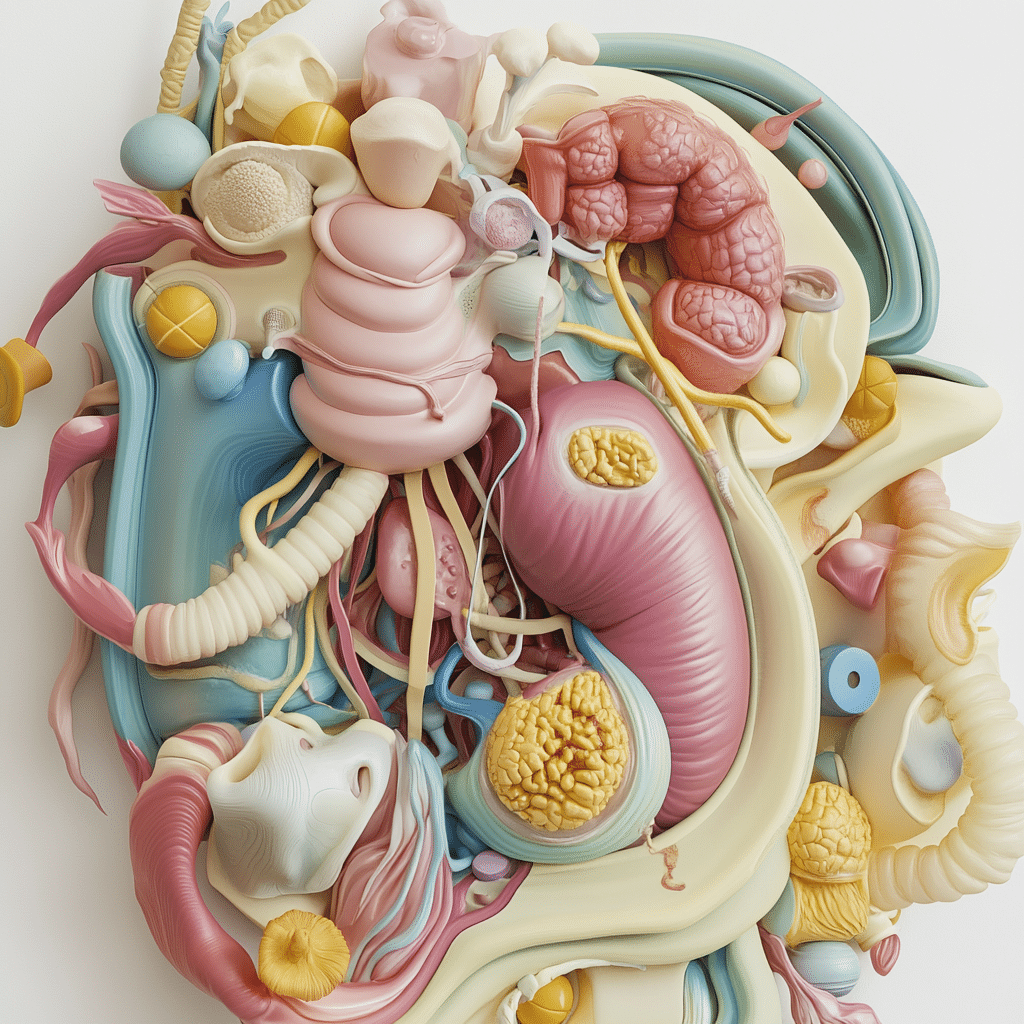When you hear the name Staphylococcal Scalded Skin Syndrome (SSSS), it might not ring a bell at first. But trust me, this serious skin condition deserves your attention. It isn’t just a medical term; it’s a reality that comes with painful consequences for those affected. Symptoms can include extensive skin damage, blisters, and peeling that mimic severe burns. This condition usually impacts young children and infants, who’ve yet to develop robust skin barriers, but adults with weakened immune systems are also at risk. Understanding this syndrome and its effects will not only equip you with the knowledge to recognize it but also empower you to take action and promote better health.

The Basics of Staphylococcal Scalded Skin Syndrome
Staphylococcal Scalded Skin Syndrome is caused by certain strains of the bacteria Staphylococcus aureus, which produce exfoliative toxins. These toxins trigger inflammation that leads to painful, red skin, followed by blistering and peeling. You can picture it like a bad sunburn, except it’s due to bacteria rather than UV rays. The severity of this syndrome is alarming; it can halt an active lifestyle in its tracks, especially for parents who have to deal with the symptoms of their children.
SSSS primarily affects infants and young children due to their still-developing skin. However, don’t think for a second that adults are off the hook. Those with compromised immune systems are equally vulnerable to these nasty bacteria and the drama they cause. Imagine trying to hit the gym while dealing with excruciating skin conditions. It’s tough!
Without timely intervention, the implications can spiral out of control. Here’s where it gets concerning: a damage skin barrier can lead to more serious infections alongside SSSS. Catching infections in your skin layer might seem minor, but it can snowball into life-threatening conditions if ignored. So let’s dig deeper into what causes this alarming syndrome.
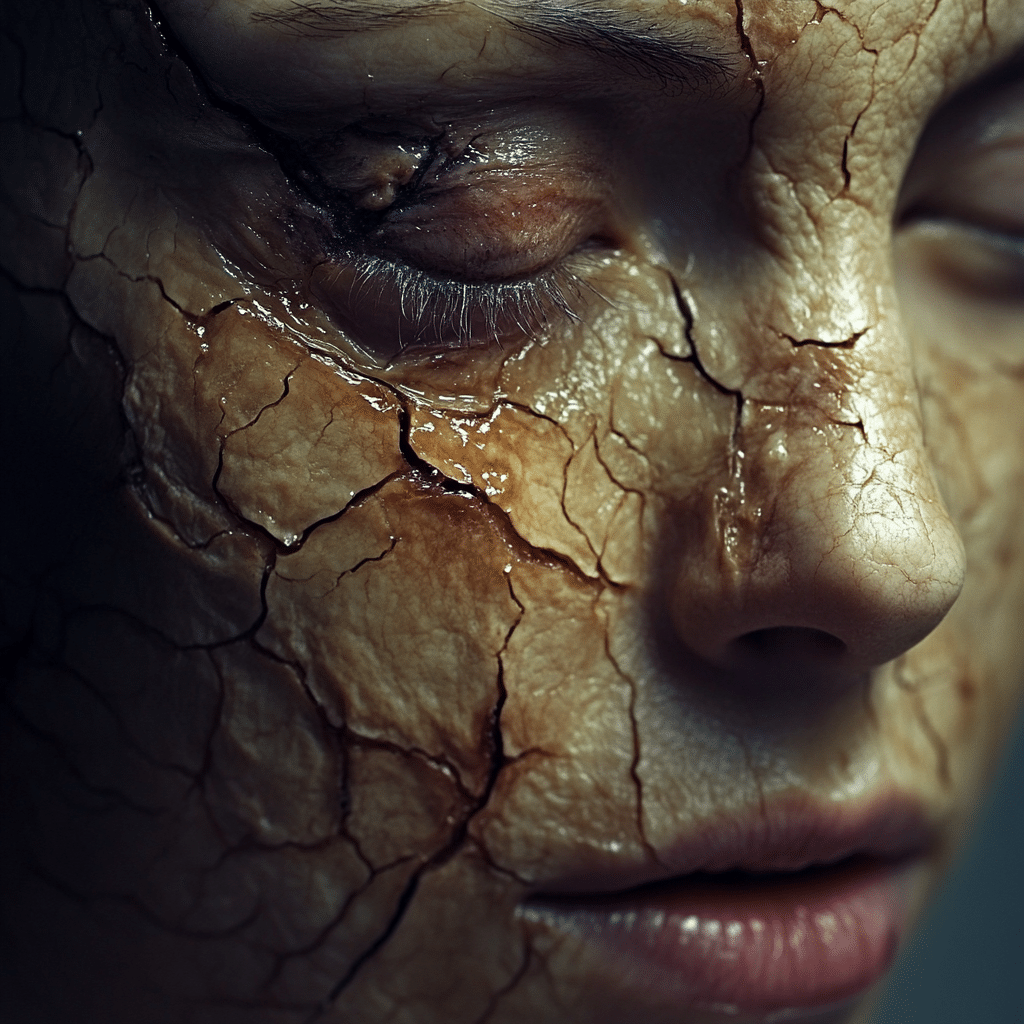
Top 5 Causes of Staphylococcal Scalded Skin Syndrome

The Broader Impact of Staphylococcal Scalded Skin Syndrome
SSSS is not just about skin damage; it’s about the broader implications it has on your overall health and well-being. When the skin is compromised, the body faces some serious challenges. For instance, increased infection risk becomes a reality. The damaged skin barrier opens up vulnerabilities, making secondary infections far too common and potentially requiring more aggressive treatments than you’d like.
Moreover, dealing with SSSS isn’t just physically painful; it can impact mental health, especially in kids and their families. The visible symptoms and discomfort can lead to anxiety and depression. The last thing you want is for skin problems to affect your spirit, so awareness and prompt action are key.
And let’s not overlook complications that come from SSSS. Imagine dealing with conditions like subchorionic hemorrhage, often seen during pregnancy, which could arise from stress related to managing a child with SSSS. Talk about a tough spot! Even mobility issues stemming from skin damage can lead to problems like chondromalacia patella, which would get in the way of your fitness goals. You can’t bring the heat if your body is out of alignment!

An In-depth Look at Complications
The implications of SSSS can be far-reaching, making understanding its complications essential. Some complications include debilitating conditions affecting mobility and mental wellness. For example, hemorrhagic cysts might arise, signaling deeper issues that need attention.
Another complication is chondromalacia patella, which leads to knee pain caused by the degradation of cartilage. So while you’re trying to build muscle and get ripped, debilitating skin issues might force you to minimize your workouts, preventing you from achieving your goals.
And let’s not forget about psychological impacts! The visible nature of SSSS can affect a person’s self-esteem, and it’s tough to feel great when your skin feels like sandpaper. The more we understand these complications, the better we can address them before they spiral out of control. Knowledge is power!
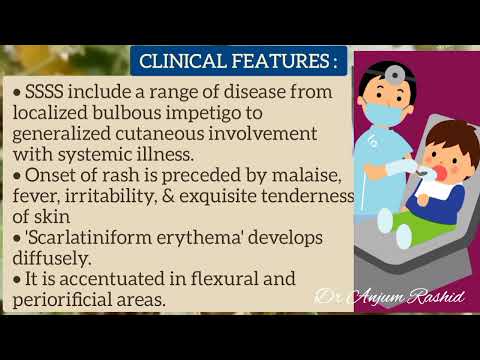
Innovative Treatments and Future Perspectives
Thanks to advancements in treatments, there’s hope on the horizon for those dealing with SSSS. Antibiotics target the colonizing Staphylococcus aureus, and common prescriptions like Nafcillin or Vancomycin can help smooth the course of treatment, especially in harder cases.
Supportive care also plays a critical role. Proper wound care and fluid resuscitation are vital to managing symptoms and promoting healing. Leaving things to chance is not an option here, folks.
On the innovative treatment front, researchers are investigating monoclonal antibodies that specifically target bacterial toxins. This could cut down the need for broad-spectrum antibiotics, leading to more effective treatment plans in the future. As we learn more, we get closer to a world where SSSS is less of a threat.
The Path Forward: Awareness and Prevention
Preventing Staphylococcal Scalded Skin Syndrome hinges on maintaining good hygiene—especially in at-risk groups. Education is key; informing parents and healthcare professionals about infection risk factors will help mitigate outbreaks.
From handwashing to cleanliness in crowded environments, small actions can lead to significant changes. Let’s make this a collective effort to reduce incidence rates and spread knowledge about SSSS. Moreover, ongoing research into vaccine development aimed at Staphylococcus aureus could revolutionize preventive care, offering hope for an even healthier world.
In summary, raising awareness and understanding of SSSS is crucial. As fitness enthusiasts, we all want to achieve our best physical selves. Still, it starts with taking care of our bodies from the inside out. By ensuring our skin is healthy and our immune systems are strong, we set ourselves on the path to success. So, let’s monitor our health, avoid being sidelined by conditions like SSSS, and keep striving for greatness. Stay shredded, get inspired, and let’s keep charging forward in our fitness journeys!
Staphylococcal Scalded Skin Syndrome: A Closer Look at This Skin Disorder
What is Staphylococcal Scalded Skin Syndrome?
Staphylococcal scalded skin syndrome (SSSS) is a serious condition mostly affecting young children, particularly infants. It’s caused by certain strains of Staphylococcus aureus, which produce toxins leading to the separation of the skin layers. This can cause painful, blistering rashes that resemble severe burns. If you’re wondering about skin health beyond just SSSS, dealing with swollen Gums can also be a hint that your immune system is under stress or that you need to keep a closer eye on your hygiene habits. Speaking of habits, maintaining a good routine and treating yourself to a little relaxation can work wonders—just like those rejuvenating experiences at a tranquility spa.
Interesting Facts About Staphylococcal Scalded Skin Syndrome
Interestingly, while SSSS primarily affects kids, adults can get it too under certain conditions, especially if their immune system is compromised. Did you know that Staphylococcus aureus lives on our skin and can even coexist with face Mites? Yup, those tiny critters are a natural part of many people’s skin flora, and they typically don’t cause any trouble—until they do! When an overgrowth occurs or the skin barrier breaks down, complications arise. Just like in the world of movies, where a seemingly small character, like Alyson Hannigan in her many roles, can take center stage and change the story, the SSSS can suddenly turn a routine infection into a dramatic skin situation.
Treatment and Vital Prevention
Dealing with staphylococcal scalded skin syndrome effectively requires prompt medical attention, usually antibiotics, and special wound care. If untreated, it can lead to more severe complications, almost like a plot twist in a suspenseful Jace Norman movie. However, understanding the signs can help prevent escalation. Keeping your skin clean and healthy doesn’t only help prevent SSSS, it also enhances your overall well-being—much like wearing a vibrant neon green outfit that brightens your mood. Remember, a few simple self-care habits can save you a world of trouble. Noticing skin changes early can lead to quicker recovery—because in the end, prevention is key to staying on cue with your skin health.



